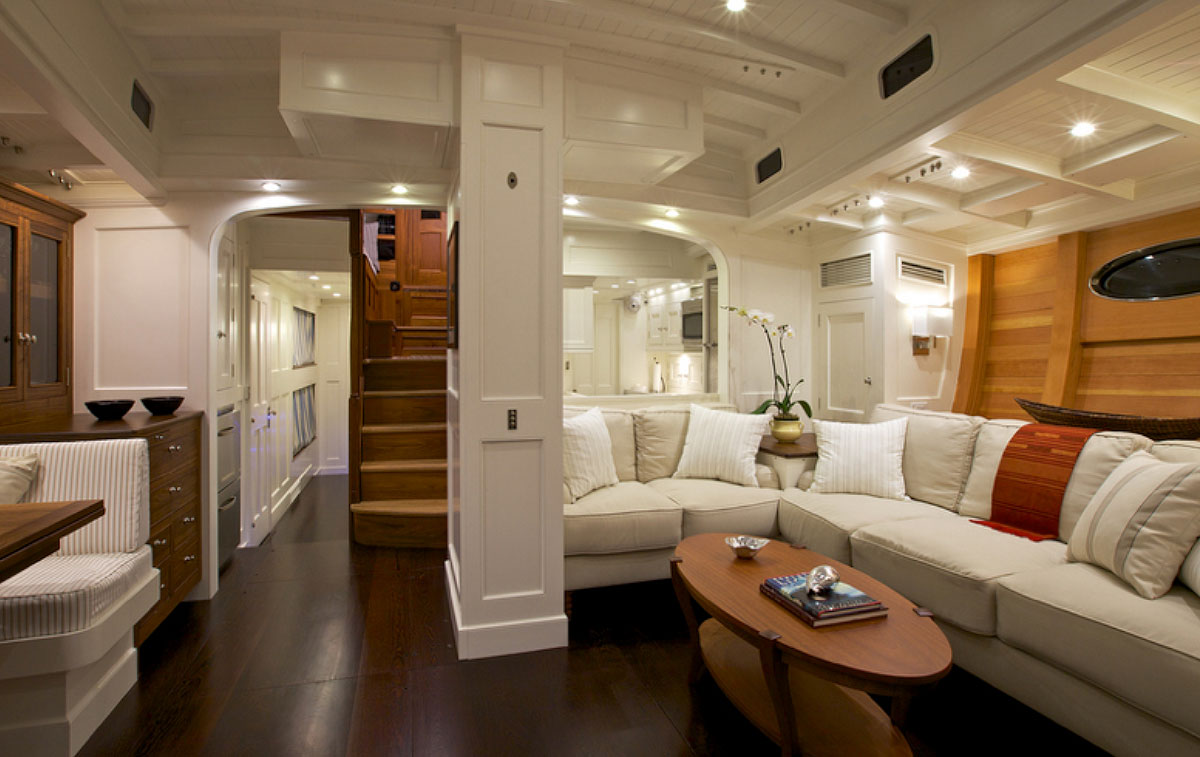A Conversation with Paul Waring – July 2019
This month we sat down with Paul Waring, one of the co-founders of Immerst and its parent company, Stephens Waring Design, to have a chat. What follows is a conversation on why the Immerst concept is the right idea for the times.
Good morning, Paul.
We know that Immerst was launched to fulfill requests from people who wanted to experience on-water living without the hassle of boat ownership. https://stephenswaring.com/immerst/ Have the motivations for building on the water changed since you and Bob (Stephens, SWYD/Immerst co-founder) decided to launch this new company?
From the beginning, the vision has always been the same: getting people on the water. As we got deeper into the research and development of this concept we realized that not only were we creating a design that allowed for amazing experiences, this also could potentially solve issues like affordable housing in a city like Los Angeles, student housing in Charleston, or housing for areas that are beset by flooding. If a house is already floating, it would be immune to a lot of water related disasters.
I imagine boat owners would readily embrace owning a floating home, but what other kinds of customers or industries have expressed interest in partnering to develop the Immerst concept? Could you describe your ideal customer for us?
The incredible uniqueness of our design allows people to be immersed in their surroundings, hence the name Immerst. Since that applies to whatever your surroundings may be – ocean, lake, canal, in the mountains, or in a valley – our customer could be anyone. We have had a lot of interest from the luxury resort market but anyone who is looking to monetize their water space is definitely a potential customer. Immerst makes sense for the Airbnb/VRBO market but also for private citizens who want an affordable yet incredibly cool vacation home.
In a previous post, you outlined the cost benefit of marine living vs. traditional housing https://stephenswaring.com/boats-now-cheaper-homes/ What’s the biggest hurdle people have in committing to building on the water when cost is in their favor?
The fear of the unknown. Of course, depending on location, there may also be local/state permitting laws that govern what can be on the water. But once you know you can build, I think the best thing to do to get over that hurdle would be to call and discuss the process. I’ve also had people tour one of our Spirit of Tradition yachts to see what is possible. People walk away knowing that if that could be done for a boat sailing around the world, there is every confidence that a floating structure would be just as amazing and at a fraction of the cost.

Let’s talk about local governments and their willingness to grant planning permission and embrace building structures on the water. What has your experience been in this area?
We are trying to move away from the old “houseboat” stigma: beatnik days in San Francisco, teepees on cement barges, etc. This is not a houseboat. To give someone a frame of reference we like to call this “dock infrastructure”, although the name doesn’t do justice to the incredible piece of aquatecture that is the result. It’s a whole new category. And to that point, the official name of our structures are now called “OASys.” It stands for “Ocean Architecture Systems.” These units are “greener” than a houseboat. Units would be “on the grid”, connected to the civic systems and diesel would not be used to run anything. And unlike a boat, an OASys is designed not to be moved. So, to answer your question, the response from local governments varies but it starts with education.
If I’m a resort owner who is interested in expanding their presence onto the water, what important questions should they be asking themselves?
First, they should call us so we could discuss our research. We have run numerous detailed business models, and the potential revenue for any business owner is very attractive. Second, they should check out their local regulations regarding what can be on the water. A special building permit might be required. Many waterfront municipalities already have regulations in place but for other municipalities, like those with inland lakes, they aren’t there yet so you would need to spearhead a change.
Third, I would look to places like the Maldives, a tropical nation made up of multiple atolls. It’s in the Indian Ocean, off the coast of Sri Lanka. This is a place that has seen the effects of global warming – rising sea levels – first hand. Here, every luxury resort is an over-the-water structure that requires a lot of initial capital investment. The government of the Maldives lease their islands to private companies to develop. These leases extend anywhere from 5 to 10 years. In this type of situation, Immerst OASys could be the best solution. With a low initial investment and the ability to relocate from one resort site to another, an OASys offers the flexibility to work with the environment and the government.
One last question, Paul – where would you put your OASys and why?
I would choose a vibrant cosmopolitan area like Charleston, Seattle, San Francisco or Baltimore, somewhere where I could rent it out when I’m not using it. Coming from Belfast, Maine, a city would be a nice change of pace!
Thanks, Paul!
Have you come across something interesting about aquatecture? We’d love to include it in a future newsletter. Send submissions to immerst@stephenswaring.com